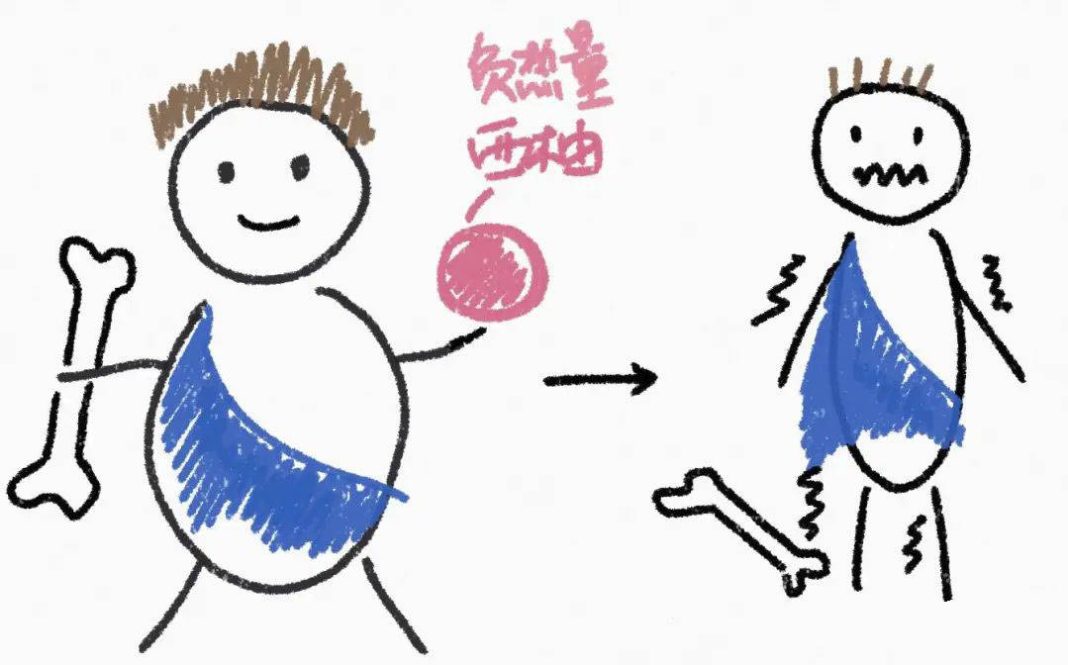The concept of “negative calorie foods” has quietly gained popularity over time.
Many first encountered this idea during their middle school years, when they knew little about nutrition and fitness. They read in newspapers that “certain foods, when consumed, not only do not contribute to weight gain but actually help with calorie expenditure, so eating more helps with weight loss,” and naively recorded these foods to stick on their refrigerator doors.
Among these foods, celery, grapefruit, and apples stand out, and many popular weight loss methods are based on these foods, such as the “grapefruit diet” and the “apple black coffee diet.”
But why does this claim still hold a place on hot search lists today?
Because there is some scientific basis for this claim — specifically, the thermic effect of food — but the so-called “low-calorie foods” may be an overinterpretation of this thermic effect.
Today, we will reveal the truth about “low-calorie foods” and their thermic effects.
What are negative calorie foods? Can they really help you lose weight as you eat more?
Does eating require calorie expenditure?
How can one eat to consume more energy?
What other activities can help us expend energy?
What are negative calorie foods?
Can you really lose weight as you eat more?
Negative calorie foods refer to those whose caloric requirement for digestion exceeds the calories they provide.
From a nutritional perspective, “low-calorie foods” do not exist. The “low-calorie foods” or related weight loss products promoted online may simply be manipulating our desire to eat while being thin, misleading us.
The primary purpose of humans and all living organisms is to store energy to support growth and reproduction, and food is the source of that energy.
If “low-calorie” foods really existed, it would mean those foods have no nutritional value and would cause the organisms consuming them to gradually weaken, so in that sense, the existence of low-calorie foods is not scientific.
Although foods labeled as “negative calorie” are mostly high in water content, low in calories, and rich in dietary fiber, which are promoted as part of a healthy diet,
it is not advisable to use the “negative calorie” label, as it may lead people to mistakenly believe they can offset unhealthy eating by consuming these foods, which is not a desirable mindset.
For example, the most famous “negative calorie food,” grapefruit, contains 30 calories per 100 grams, 7.5 grams of carbohydrates, and 0.6 grams of protein.
According to the “negative calorie” concept, digesting a grapefruit would require burning more than 30 calories, but a 50-kilogram person would need to jog for three minutes to burn 30 calories. Can digesting a grapefruit equate to jogging for three minutes? This is clearly unreasonable.
Does eating also require calorie expenditure?
Yes, eating also requires calorie expenditure!
Being hungry and cold is a miserable situation; when you’re hungry, you’re more likely to feel cold, but after eating, your entire body warms up. This is the thermic effect of food.
Researchers have conducted studies where participants lived in a metabolic chamber, measuring their oxygen consumption and carbon dioxide exhalation to assess the metabolic rate. They found that after meals, the metabolic rate of individuals would significantly increase and that this uptick would last for a period.
The thermic effect of food refers to the additional energy expenditure caused by eating, with this extra energy mainly used for the digestion, absorption, and metabolism of the food.
The formula for calculating the thermic effect of food is: (energy expenditure after eating – basal metabolism) / energy provided by the food.
Therefore, the thermic effect of food is expressed as a percentage and cannot exceed 100%, meaning that the calories expended during eating cannot surpass the calories provided by the food consumed, thus “low-calorie foods” do not exist.
The thermic effect of a normal diet is around 10%, which means the extra calories used for digestion and absorption do not exceed 10% of the calories in the food itself.
How to eat to expend more calories
The thermic effect of food is mainly influenced by two factors: how much you eat and what you eat.
The more you eat, the more calories are used for digestion and absorption, but the expenditure increases proportionally and generally does not exceed 10% of the intake.


